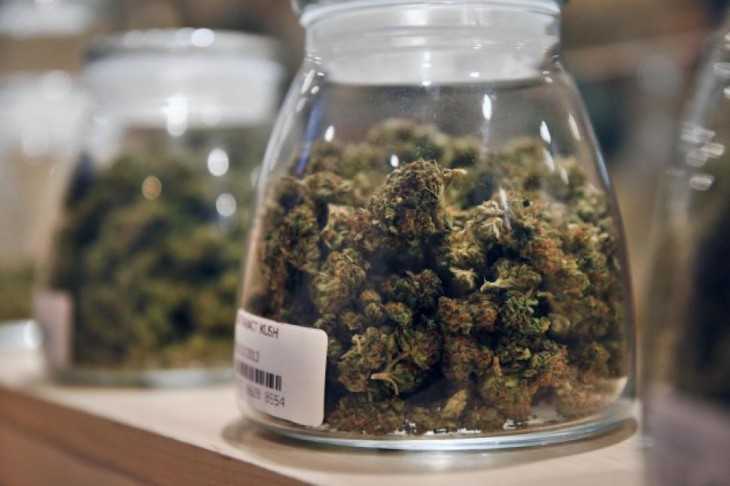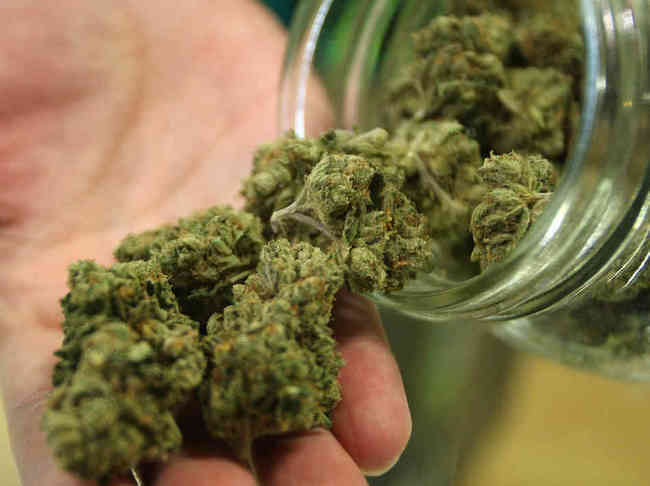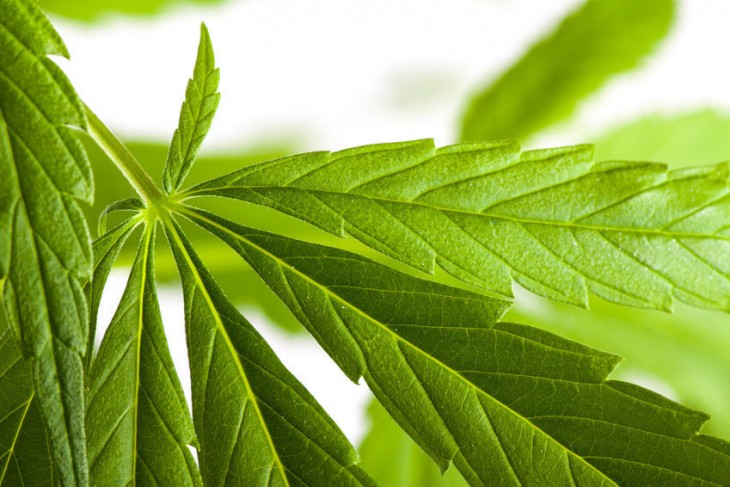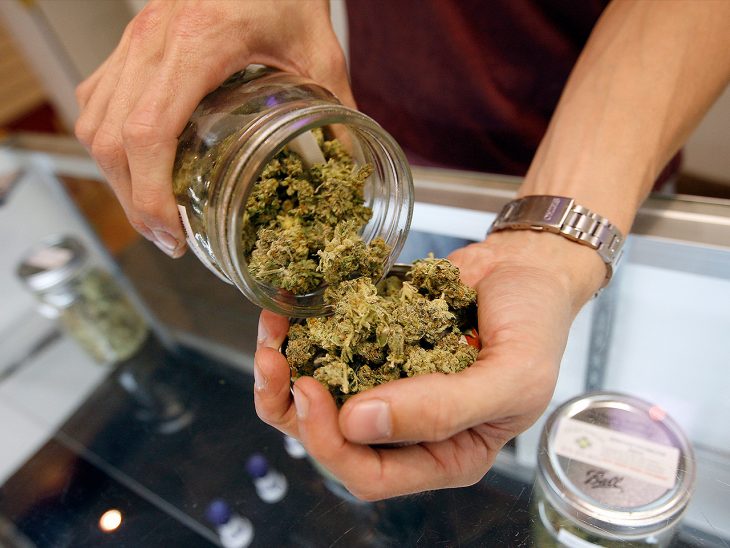Raw cannabis contains phytochemicals that are different from those found in the smoke when you light your buds. It does not have very low levels of psychotropic molecules. Those fresh, sticky buds are rich in cannabinoid acids. To convert the non-psychotropic cannabinoid acids into the cannabinoids that users desire, the buds must go through decarboxylation.
What is Decarboxylation?
Decarboxylation activates any or all tetrahydrocannabinol or THC and cannabidiol (CBD) found in the cannabis plant. THC and CBD serve as partial agonists of the endocannabinoid system’s cannabinoid receptors called CB1 and CB2. The system is a regulatory network that regulates a lot of the body’s functions. With the interaction between the activated cannabinoids and cannabinoid receptors, the release of neurotransmitters in the brain is altered, offering different effects. For instance, the psychotropic effects of THC happen due to the activation of the brain CB1 receptors.
In general, decarboxylation occurs at the same temperature for both CBDA and THCA. If exposed to conditions of 110 degrees C consistently for 30 to 45 minutes, CBD and THCA are converted into CBD and THCA. But, this temperature is not enough to keep the aromatic terpenes and other desirable phytochemicals intact.
Decarboxylation of cannabis happens when the flower naturally dries and ages during the curing process and when the marijuana plant material is exposed to heat.
Benefits of Decarboxylation
Decarbing is a must with smoking and vaping; however, edibles require more extensive preparation to be effective. Also, the process provides protective effects. While cannabis flowers are safer at the end of the growing cycle, pathogens can still strike buds during storage. Decarboxylation helps eliminate moisture from cannabis flowers, reducing the chance of microbial pathogens spoiling the harvest.
Consuming decarboxylated cannabis can have effects on several body functions determined by the endocannabinoid system like sleep, pain, appetite, immune response, inflammation, and mood. People can infuse decarbed THC and CBD when cooking a small or big volume of cannabis-infused products. People who are using oral or topical medical cannabis for their symptoms should make sure their cannabis is decarboxylated.
Moreover, decarbing is important because it can introduce active cannabis compounds into a variety of products to suit individual delivery preferences. Without the process, consumers would not have the choice of a variety of topicals, sublingual solutions, and edibles like brownies, gummies, capsules, tinctures, and more.
Raw or unheated cannabis can be juiced. The leaves and raw buds are ideal for those looking to benefit from the presence of cannabinoid acids. Also, raw cannabis is rich in vitamins and nutrients.









